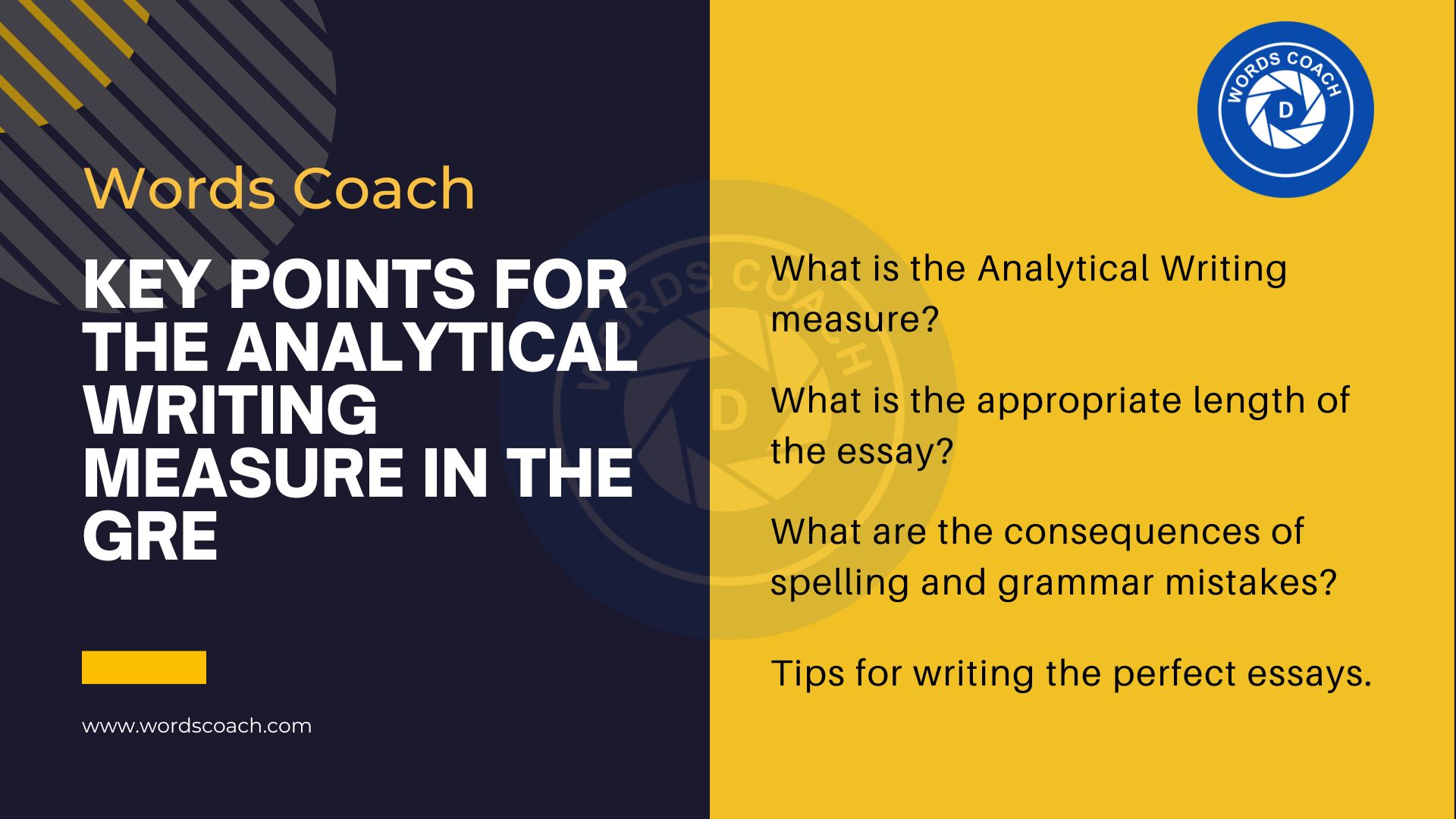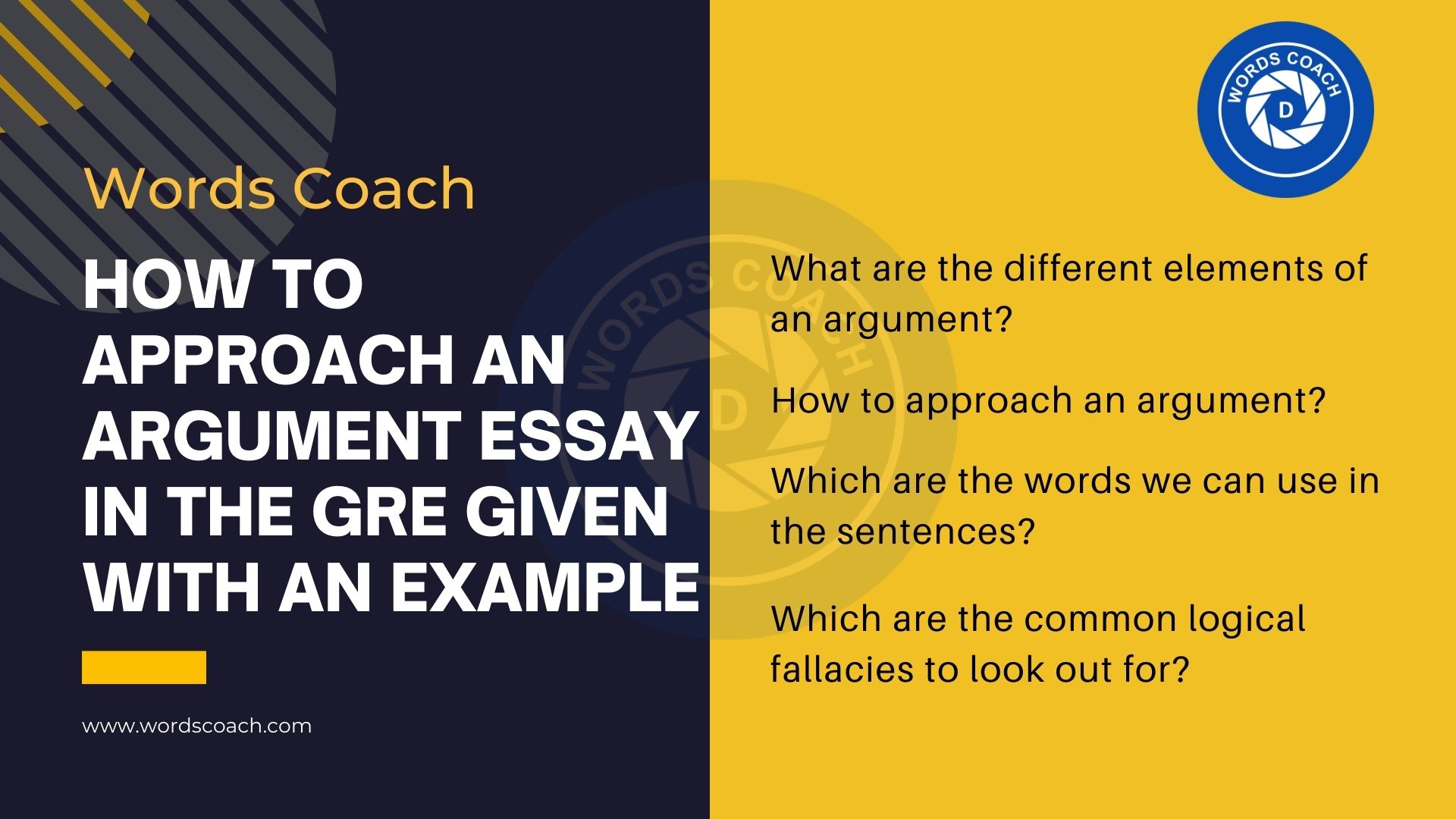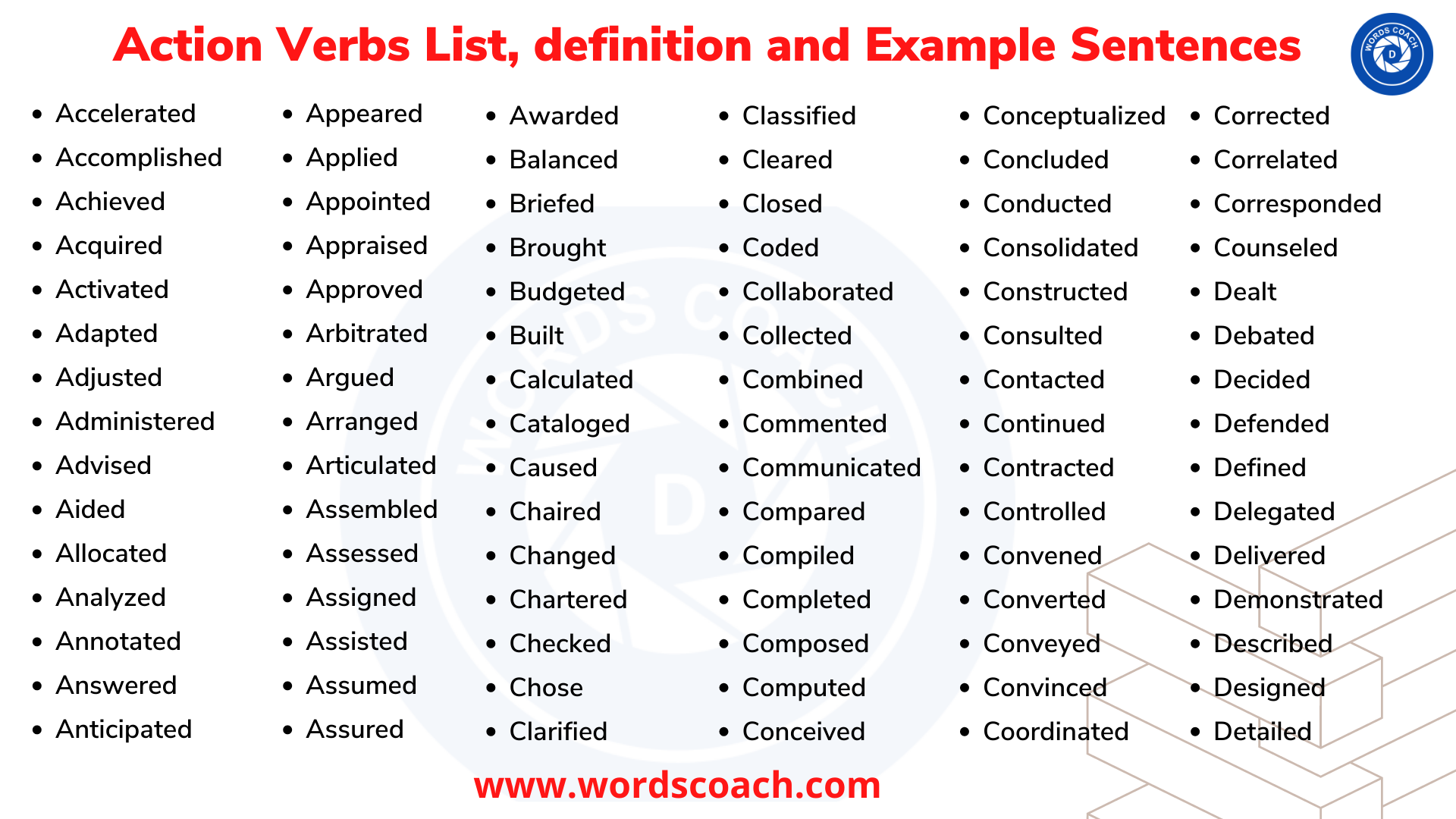What should be the Structure of an Issue essay in the GRE
In the previous article, we have written about Key points for the Analytical Writing Measure in the GRE and How to approach an Argument Essay in the GRE given with an example. In this article, let’s read about the second major sub-topic of AWA, What should be the Structure of an Issue essay in the GRE given with a Sample Response
In the Analyze an Issue task, an opinion on an issue of general interest is expressed and you are required to state your position on the issue, providing relevant reasons and examples to support your position.
Remember: It does not matter what stand you take, there is no “correct” position, no one true answer. You can agree completely with the quotation’s point of view or you can dispute it absolutely. You can differ with certain parts of the statement, yet concur with others. What matters is how you present your case.
What should be the structure for an Issue essay?
Introduction:
Outline the issue to demonstrate to the grader that you comprehend the topic. Do not simply repeat the prompt. At that point define terms, recognize unpredictability, and set up your “take” or postulation on the issue.
Body:
Write 3-6 paragraphs, with the demonstrations of your main reasons to support your stand along with the relevant examples. You can organize your paragraphs from the most important reason to the least important reason.
Conclusion:
Three sentences is a good benchmark for a conclusion, although it may vary according to the content of the prompt. In the conclusion, summarize your position and add some extra insight into the main idea you’ve been discussing all along.
Style:
Keep the tone of the response serious and formal. Don’t try to be funny. Also, avoid colloquialism, slang, etc. Don’t use the same words repeatedly. Use GRE type words in your essay to be out of the ordinary. We can help you with that. Download the app from this link and learn 10 new arduous words every day. Additionally, given with the synonyms, antonyms, and how you can use them in sentences. In such a way that you can memorize those words easily.
Transitions:
It should be smooth throughout the response. Logically moving from one paragraph to the other. You can use transition phrases which we have mentioned in our other blog. Take a look at that. (give the link of the argument essay blog)
Sample Example:
Here, the example given of the prompt is from the ETS issue pool. Let’s have a look and leave no stone unturned.
“A nation should require all of its students to study the same national curriculum until they enter college.”
Write a response in which you discuss your views on the policy and explain your reasoning for the position you take. In developing and supporting your position, you should consider the possible consequences of implementing the policy and explain how these consequences shape your position.
Response:
A national curriculum for all children up until college, instead of allowing schools in different regions the freedom to decide on their own curricula, would be preferable by many. I fundamentally agree with the assertion that some parts of the curriculum should be the same across the nation. However, at the same time, a community or state should have the authority to supplement the apt curriculum on their own according to their necessity; otherwise, a nation’s educational system may overcome its own motivations in the long haul. In the next few paragraphs, I shall present my inferences in support of the same.
Firstly, a national core curriculum would be beneficial to a nation in a number of respects. By provisioning all children with key aptitudes and information, a general core curriculum would help guarantee that our kids grow up to turn out to be sensibly educated and valuable citizenry. Another advantage is faculties could more easily build curricula and choose the course materials for the students according to their level; neither below nor above their level of the educational experience. A core national curriculum would ensure that all school children are taught core values upon which any democratic society depends to flourish, different moral values, and respect for others. For instance, the cardinal example for all nations is Finland which consistently stands on the top spot in all global educational rankings. Finland’s intellectual and educational reforms have entirely revolutionized its educational system. They have a national curriculum that each student needs to follow until they enter college.
Nevertheless, a common curriculum may create certain obstacles that would offset the advantages given above. An intractable core curriculum would impede the material which is based on the regional or local significance. For example, a country like India has diversity in terms of linguistics, social-cultural features, religion, traditions, etc. A national curriculum might not allow including these attributes. Therefore, children would not be aware of their own traditions, values, and cultural contributions of all the people whose citizenship they share.
Moreover, on what basis certain courses should include or exclude in the curriculum, and who would be the authorized person or committee to be the final decision maker? Politics may come into the picture in this case. Furthermore, the curriculum could have been made biased and one-sided; this nature undermines the purpose of true education. The government might wish to suppress certain textbooks, programs, particular documentation that provides information and perspectives. These sorts of concerns are being elevated already at the state level.
In addition, the striking national curriculum would serve to undermine the authority of parents over their own children. Laws requiring parents to ensure that their children get an education that meets certain minimum standards are well justified. Imposing a uniform national curriculum would parents leave with the less involved in the decision-making process in their children’s education.
To sum up, apparently the national common curriculum has its benefits. To compare the school’s and student’s abilities, the analysis will be easier to get if we have a national common curriculum. On the other side, it has some demerits such as not knowing the value of his/her traditions as it’s generalized, parents won’t be able to involve much, and there may be the case of partiality. In my view, parity in the approach would be if a basic curriculum should be imposed in the national curriculum, yet leaves the rest up to each state or each community.
Hope it helps!! Happy Learning
Written by,
Jaini Bhavsar (There’s always room for bliss.)
3rd June 2020
Connect with me on LinkedIn
Download the Word Coach Application
FAQ’s
What is the basic structure of a GRE Issue essay?
FAQs for “What should be the Structure of an Issue essay in the GRE”:
1. What is the basic structure of a GRE Issue essay?
The GRE Issue essay typically follows a 5-paragraph structure:
Introduction: Briefly introduce the issue and state your thesis statement, presenting your overall stance.
Body Paragraph 1: Provide evidence and reasoning to support one side of the issue.
Body Paragraph 2: Provide evidence and reasoning to support the other side of the issue. (Remember to remain neutral!)
Body Paragraph 3: Analyze the complexities and potential consequences of both sides.
Conclusion: Briefly summarize your main points and restate your thesis in a new way.
Is there a specific word count for each paragraph?
While there’s no strict word count requirement, aiming for roughly 5-7 sentences per paragraph can help you strike a balance between providing enough detail and staying within the 30-minute time limit.
How important is the introduction?
The introduction is crucial! It sets the tone for your essay and grabs the reader’s attention. Make sure it clearly defines the issue and outlines your central argument.
What kind of evidence can I use to support my arguments?
Use facts, examples, statistics, or logical reasoning to back up your claims. Avoid personal opinions or anecdotes.
Are there any resources available to help me structure my GRE essay?
– Official GRE practice materials and sample essays
– Online guides and tips on GRE essay writing
– Prep courses and tutoring services focused on the GRE AWA
– Dictionaries and grammar resources to refine your language skills








